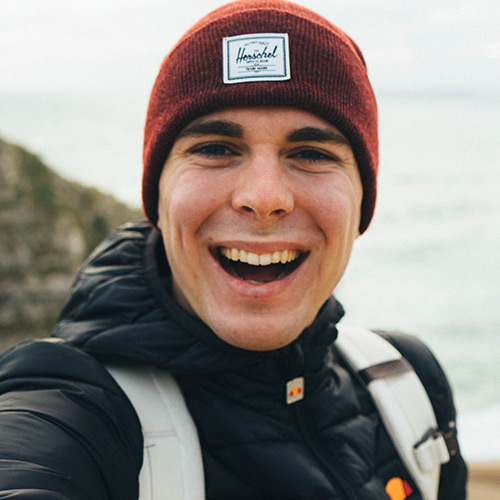Title
More Deterministic Software for Cyber-Physical Systems - Presentation Available - Talk Recording
Abstract
The design of concurrent, real-time, and distributed software for embedded systems, robotics, and the internet of things has been evolving, moving away from low-level C code and RTOS scheduling. Increasingly promising frameworks based on publish-and-subscribe (e.g. ROS, MQTT), service-oriented architectures (e.g. gRPC, Apache Thrift), or actors (e.g. Erlang, Ray, Akka) offer higher-level abstractions with better control over concurrency. However, these technologies have been developed for or modeled after enterprise-scale information technology and have not been adapted to the unique requirements of cyber-physical systems. In particular, they have nondeterministic concurrency and weak control over timing. Moreover, these technologies are not well poised to take advantage of impending technology improvements in time-sensitive networking and precision-timed microprocessors.
In this talk, I will introduce Lingua Franca, a polyglot coordination language with an explicit model of time, more deterministic concurrency, and support for efficient, fault-tolerant, distributed applications. In Lingua Franca, components called reactors (actors revisited) execute under a deterministic, discrete-event model of computation that combines the best features of actors with the best features of synchronous languages. The functionality of a reactor is written in an unmodified target language (currently C, C++, or TypeScript). Using the C target, the Lingua Franca compiler generates extremely efficient, low footprint embedded C code that can execute on an embedded bare-iron platform or on a high-end multicore microprocessor, transparently exploiting application parallelism and realizing earliest-deadline-first scheduling. With the TypeScript target, seamless integration with the Node.js ecosystem offers a wealth of high-level IoT capabilities.
The Lingua Franca design team currently consists of Marten Lohstroh, Christian Menard, Soroush Bateni, Matt Weber, Alexander Schulz-Rosengarten, Shaokai Lin, and Edward Lee, with smaller contributions from a number of others. The language and implementation are open source with a BSD license. Many aspects of the language design are based on decades of experience with the Ptolemy II framework.
Info
